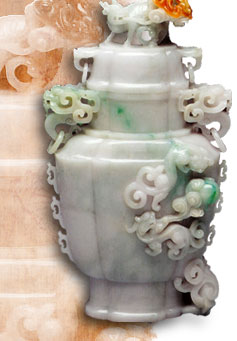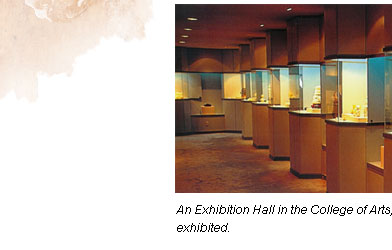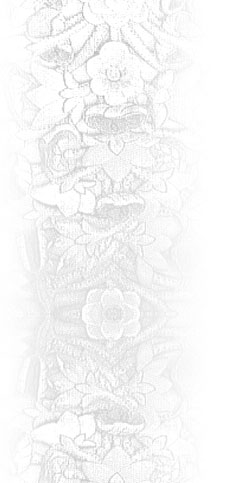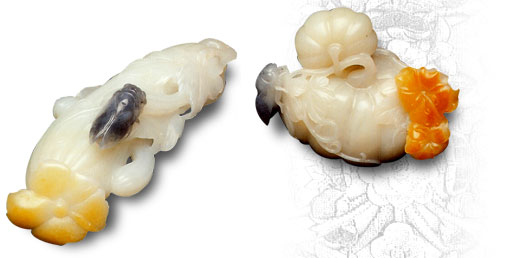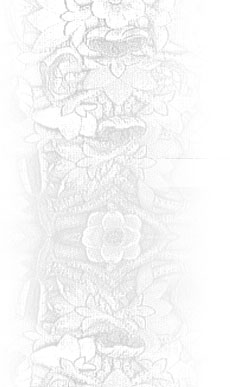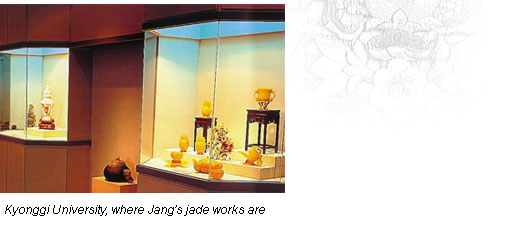The turning point of his life came one day when a customer arrived with a broken jade incense burner and asked him to mend it. Finding that the Chinese burner was carved from a single block of jade without attaching any parts, he became intrigued. He studied diligently but could not determine how it was made. He became drawn into the piece deeper and deeper as if bewitched by it, and his desire to solve the mystery of its creation grew stronger. The jade incense burner became an obsession and he began to see it day and night, awake or asleep. As a result, he became sick from his fixation and stayed in bed for about 15 days without eating. People said that he was attacked by the ‘jade disease.’ Even after recovering from his illness, he had to stay at home because the shock of the unknown Chinese artisan who had made the burner was still too great to let him go back to work. He decided to stake his life on jade and to be the greatest jade carver within 20 years. His plan was to invest the first 10 years in learning techniques and the second 10 years in creating his own style and artworks. Within the first step, he decided he should learn Chinese jade carving, a tradition with a 5,000-year history. At first, he just began imitating Chinese works, carving jade under a light bulb for 20 hours a day. He allowed himself only one meal per day in order to better focus on his work, and didn’t light the heater, even during the coldest winter days, to keep himself awake. He has devoted nearly 40 years of his life to the art of jade carving, but he often argues that it has been 60 years because he worked 20 hours a day for at least half of those 40 years. He was even confined to a mental hospital once by his relatives, who believed that he was mad because he didn’t wash nor shave for months, once he found a reason to be in his workshop. In another instance, his neighbors, not recognizing him, reported to the police that he was a spy sent from North Korea. He also used to see hallucinations in his works. One day when he was carving a dragon, he saw nine dragons entangled with each other, spitting fumes. He shouted to his wife to come and see them, but unbeknownst to him it was just an illusion only he could see. His extraordinary efforts of 20 years in the art of jade carving finally paid off and he became the greatest jade carver in Korea as he planned. He held successful solo exhibitions starting with the Dong-A Ilbo Exhibition for the Art of Jade Carving in 1984, and won many awards in prestigious crafts contests. His unique and wonderful art was publicly acknowledged in 1996 when the Korean government designated his art as ‘Important Intangible Cultural Property No. 100’ and gave him the honorary title of Master Craftsman of Jade Carving. Jang Ju-won is currently teaching as a chair professor at Kyonggi University, contributing to bequeathing his knowledge and skills of jade carving to future generations. The university has opened an exhibition hall within its College of Arts for a collection of 80 jade pieces carved by Jang. View the master's works |
|||||||||||
|













